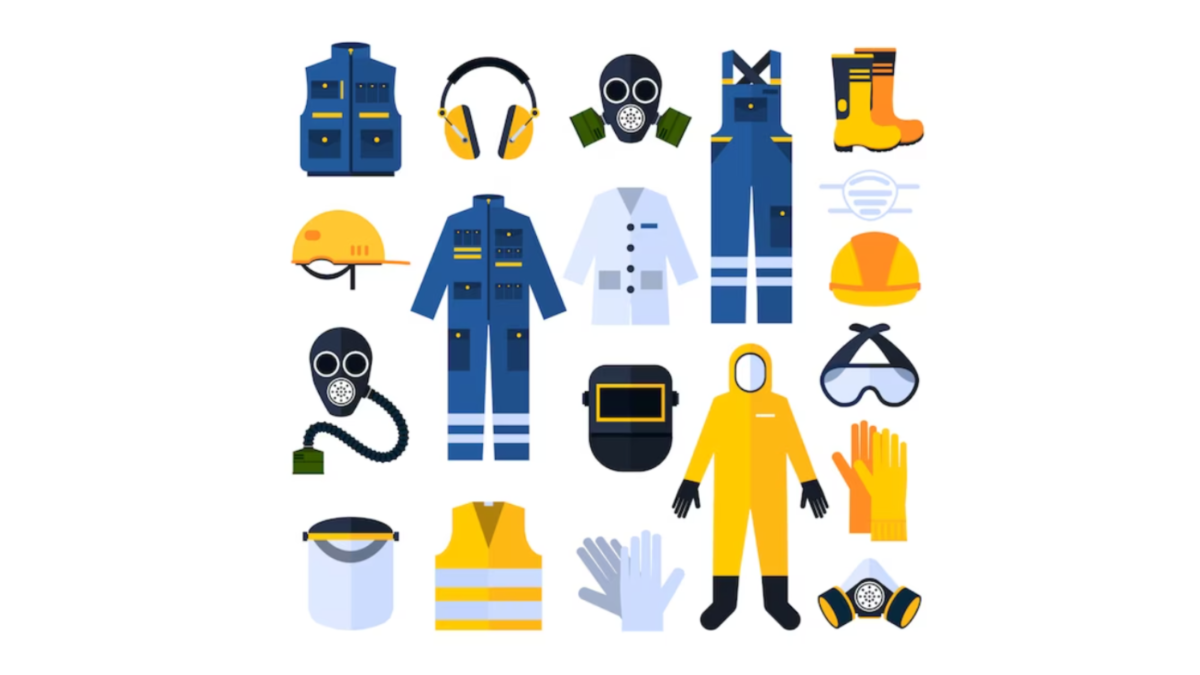Personal Protective Equipment (PPE). PPE Products refer to protective clothing, helmets, gloves, face shields, goggles, facemasks, and or respirators. To emphasize, these are designed to protect the wearer from injury or the spread of infectious airborne viruses such as Covid-19 or other illnesses.
PPE is commonly used in health care settings such as hospitals, and clinical labs. To explain, PPE acts as a barrier between infectious materials, and your skin, mouth, nose, or eyes (mucous membranes). For instance, the barrier has the potential to block the transmission of contaminants from blood, body fluids, or respiratory secretions. In fact, PPE may also protect patients who are at high risk for contracting infections through a surgical procedure. Moreover, it protects people who’s own immune system doesn’t properly protect their body from infections. PPE also protects against exposure to potentially infectious material brought in by visitors and healthcare workers.
Wearing PPE gear when you’ve tested positive for the COVID-19 antibody.
Until scientists get more data on whether antibodies protect against reinfection with this virus, everyone should continue to take steps to protect themselves and others. To be sure, stay at least 6 feet away from other people. Do this even if they have had a positive antibody test.
In general, people who wear personal protective equipment (PPE) at work should continue to wear PPE, even if they test positive for antibodies to the virus.
PPE Products – Masks
Mounting evidence shows that the Coronavirus can infect anyone. In fact, people can spread the virus before they even know they have it. In general, wearing a mask when you need to be out in public will help prevent sick people from infecting others. Above all, wearing a mask will slow the spread of the virus.
As an illustration, covering your face protects you and those around you from infectious droplets emitted when someone talks, breathes, coughs, or sneezes. Another key point is that the virus can remain airborne for up to three hours. In brief, personal choices and safe behaviors are the best defense against COVID-19.
The U.S. Dept. of Health on PPE
According to the US Department of health, if PPE is to be used, a PPE program should be implemented. This program should address the hazards present; the selection, maintenance, and use of PPE; the training of employees; and monitoring of the program to ensure its ongoing effectiveness. One way to prevent the hazards of contracting Covid-19 is to keep your hands clean. If soap and water aren’t readily available, you can use a waterless hand sanitizer.
What is a Waterless Hand Sanitizer?
Waterless hand sanitizer is a type of sanitizer that mixes alcohol with more natural, less harsh ingredients like aloe vera and rosemary. this mixture helps keep your skin from becoming dry after use. Unlike regular hand sanitizers, this type of cleaner removes dirt and grease from your hands. It’s a good substitute for soap and water.
Another key point is that most waterless hand sanitizers are either gel, liquid, or foam-based and contain at least 65% alcohol. To emphasize, this is above the amount recommended by the CDC. You can’t go wrong grabbing a few bottles and keeping them with you in your house, office, car, and everywhere in between!
